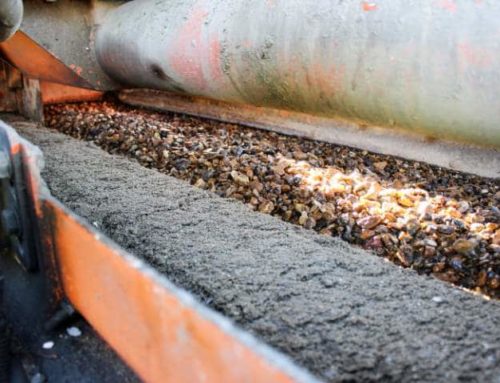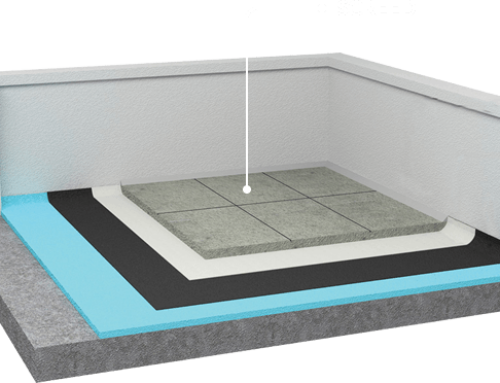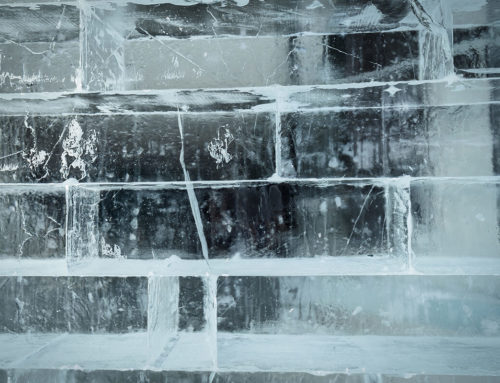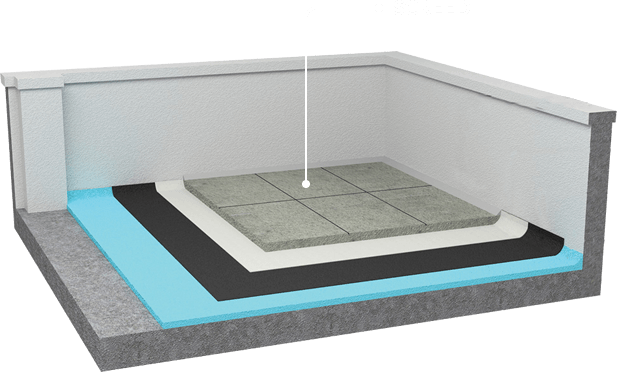
The Difference Between Screed and Concrete
Concrete and screed are two commonly used construction materials, but what exactly is the difference between them?
Concrete is a mixture of cement, water, aggregates and sometimes admixtures. It is typically used for structural purposes such as foundations, floors, walls and beams.
Screed, on the other hand, is a thinner mixture of cement and aggregates, without any water. It is often used as a leveling layer between the subfloor and the floor finish.
So, in short, the main difference between concrete and screed is their thickness and composition.
Concrete and screed are used in the construction industry across the globe, and they are similar in some respects. They are both made from the same basic mixture: cement, water and aggregate (sand, stone or gravel).
But, when it comes to their uses in construction, there are several key differences. Quality concrete is used for construction and structural tasks, while screed is applied as a top layer surface to a concrete subfloor.
What is the physical difference between concrete and screed?
Floor screed and concrete are both made from a mixture of cement, water and aggregate. The main difference between these them is the type of aggregate that is used.
When we are mixing concrete, we add hard core aggregates like gravel to the mixture. These small stones are normally 20mm or less in size. This provides strength, durability and workability, and makes it suitable for structural work. It also results in a coarser mixture.
For screed, we don’t use the same coarse aggregate – instead, screeds are sand and cement mixtures. We use fine, sharp sand, with a maximum grain size of about 4mm, mixed in with the cement. This is what provides its fine, tightly packed texture and makes it suitable for applying as a top finishing layer to a concrete floor.
At Rapid Readymix, we only ever use separated virgin aggregate in our concrete and traditional sand screed mixes. This is why we can guarantee the quality of our BSI-certified concrete and floor screeds.
Do concrete and screed concrete look different?
Concrete and floor screeds vary in several ways. The former has a rougher texture than screed because it contains coarse hard core aggregates. Even with an untrained eye, you’ll be able to see bits of gravel and stone in the cement mix.
Screed is more like mortar and has a more fine-grained look, making it suitable for internal purposes. It creates a smoother surface that can be used as a final floor finish. It is rough but very fine, like hard-packed wet sand that has dried solid.
What is the ideal thickness for concrete or screed?
Concrete is normally laid much thicker than screed, with a recommended minimum thickness of at least 100mm for domestic use, and up to double that thickness for areas in which there is heavy use. Screed commonly has a minimum thickness of about 50mm up to 100mm thick (on average, about 75mm). The recommended thickness for the screed layer will vary depending on the type of screed applied, the location, predicted footfall, and the finish required.
-
What are concrete and floor screeds used for?
Concrete is an ideal building material because it has the potential to reach a very high compressive strength. Other qualities of this man made material are that it’s durable, economical, long-lasting and non-combustible. It’s also highly versatile and, as long as it’s quality-assured, is safe to use in the vast majority of applications from large-scale structural works to small home renovation projects.
We often deliver readymix concrete for:
- Walls
- Driveways
- Foundations/Footings
- Patios
- Roads
- Pilings
- Flooring
- Drainage layers
- Car parks
Screed is not used in structural works but rather laid as a top layer for a concrete floor, applied over the concrete slab. Screed can be applied prior to final floor coverings such as wood flooring, resin flooring, linoleum or tiles. It’s durable and designed to withstand the impact of constant use and heavy footfall. This protects the floor to make it last longer, and provides an even, level surface. It is also highly insulating, which is why it is often used for underfloor heating systems.
There are three main types of screed. Bonded screed can be bonded directly with the base. Unbonded screed is typically laid unbonded on top of a damp proof membrane, or applied as a floating screed layer over insulation, such as flooring with underfloor heating.
Screeds can also be reinforced with a fine metal mesh or a fine glass mesh, if required.
We provide our customers with screed for:
- Flooring
- Underfloor heating systems
- Acoustic or thermal insulation
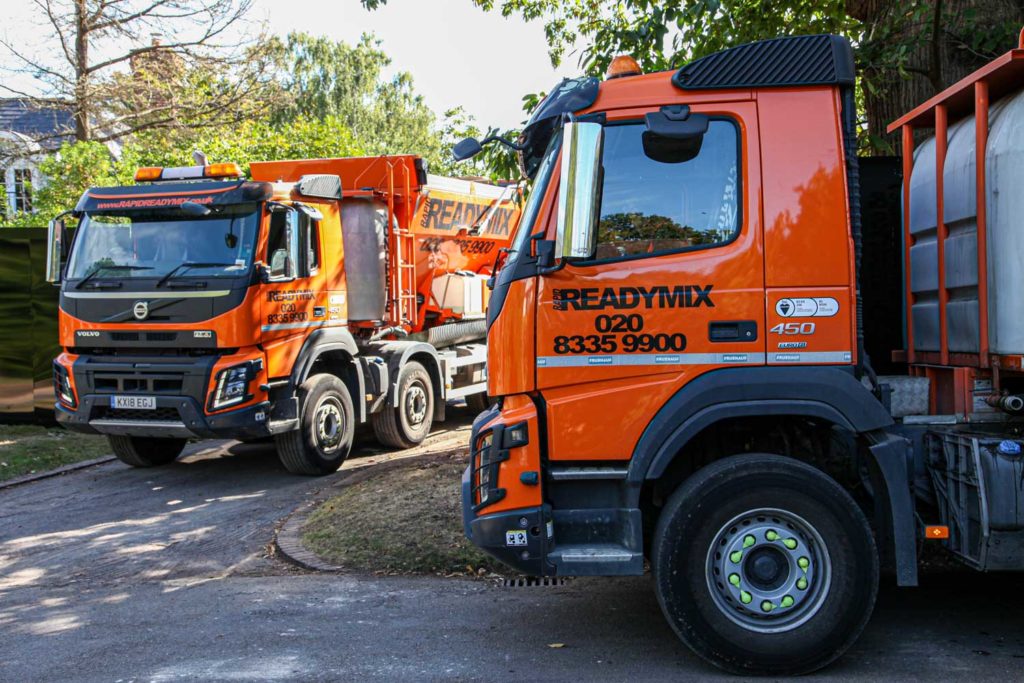
How are concretes and screeds made?
We use volumetric mixers to produce all our concretes and screeds, resulting in a less labour intensive process on site. Our team loads up the mixer’s separated hoppers with separated high-end aggregates – using coarse aggregates for concrete and fine aggregates for screed. We are able to precisely control the ratios of raw materials being mixed. We then batch up your delivery fresh onsite, so it can be barrowed or pumped to where you need it.
Crucially, the mix designs can be altered to meet your requirements. We can adjust the ratios or introduce admixtures to give the material different qualities and produce different grades of screed or concrete. If you need a lightweight product, for example, an aggregate like LYTAG could be used in the mix. Or, for a higher compressive strength, we can adjust the water-cement ratio as needed.
The benefits of concretes and screed
Concrete has the potential to hit a very high compressive strength, which makes it an ideal building material. It is used in everything from walls, driveways, patios and roads to piling, flooring and other building structures. As well as being immensely strong, it is durable, economical, long-lasting and versatile. It is also non-combustible, which means that it could be advantageous in the event of a fire. The main benefit, in particular, is that it can be batched to your exact specifications and amount using volumetric mixers.
Screed is generally used to create a smooth, bump-free finish to internal floors or surfaces. As well as providing aesthetic improvements to the concrete base, screed can also lengthen its life – the compact mix of sharp sand and cement in floor screeds provides a durable and long-lasting top layer that protects the floor from the impact of constant use and heavy footfall. It’s not unusual for screed to be laid as the finish – it can look very smart and provide a functional floor, especially in commercial locations. It can also be used as a base for final floor finishes such as resin flooring. Screed’s properties also make it ideal as an insulation material for underfloor heating pipes.
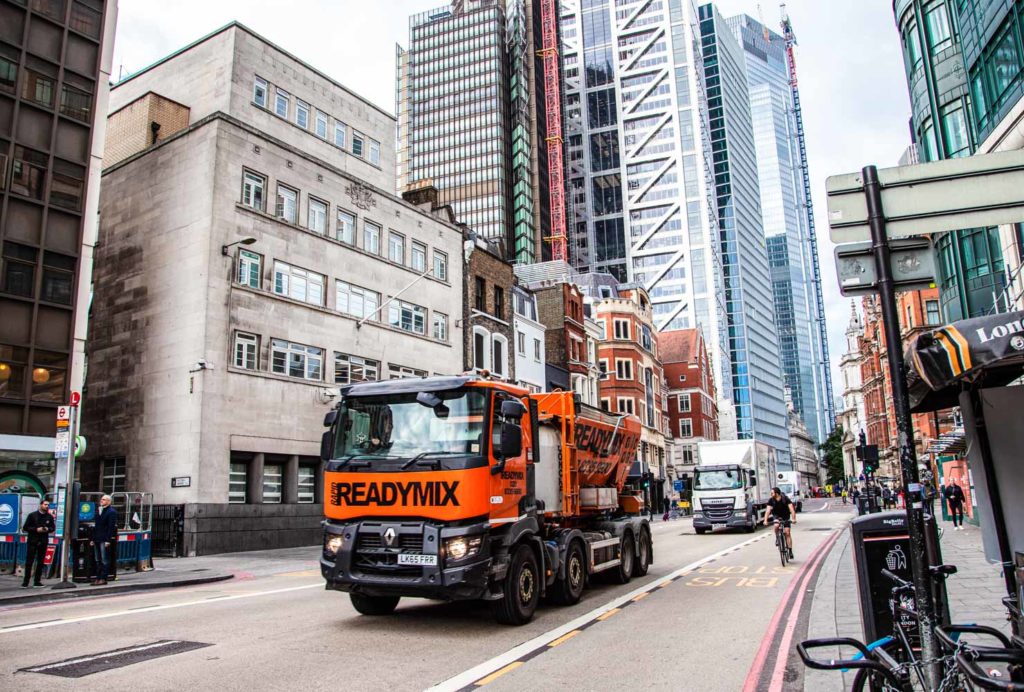
Admixtures for concrete or screed
We can introduce admixtures to alter their properties and create different types of screed and concrete. We might add plasticisers to enhance workability, or to enhance bonding, reduce shrinkage or increase the damp-proofing capabilities of screed. Sometimes, we use admixtures to slow down or speed up the setting time. For our screed products, we often add fibres to reduce cracking, and retarders to make it stay workable for longer.
How do you know if screeds and concrete are high quality?
For both materials, you should look for BSI certification. This shows that the supplier meets strict quality standards. We highly recommend choosing a quality-assured supplier over a cheaper option. Premium suppliers like Rapid Readymix use separate virgin aggregate rather than recycled ballast mix, which gives us full control over the quality.
Order today
If you need help ordering your materials for flooring, underfloor heating or polished concrete floors, contact us at Rapid Readymix today for a free quote. If you need advice on the type of screed you require, such as bonded screed, unbonded screed, floating screed or calcium sulphate screed, our knowledgeable team will be able to help.
Accreditations & Certifications


